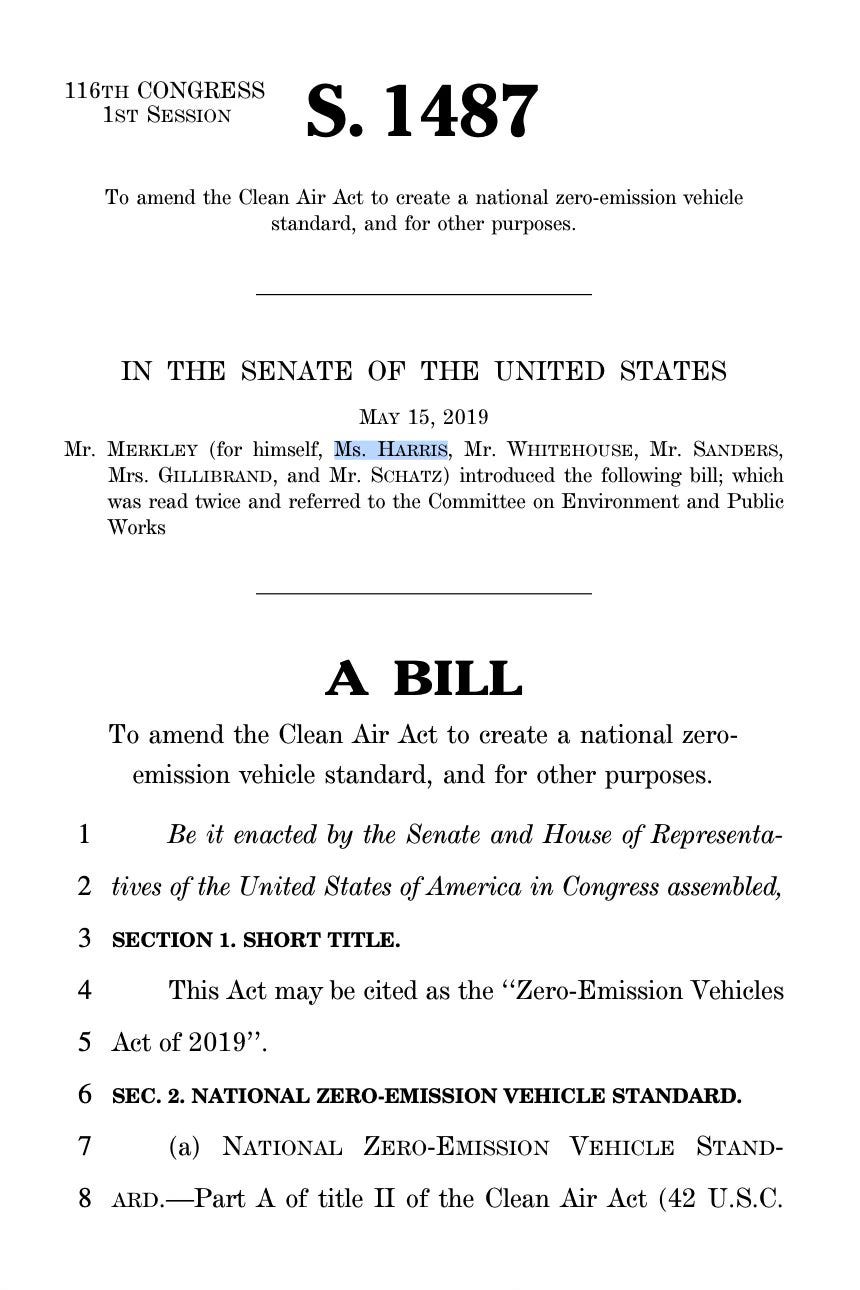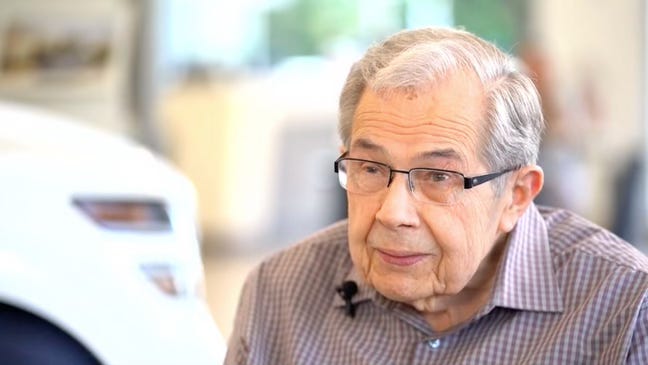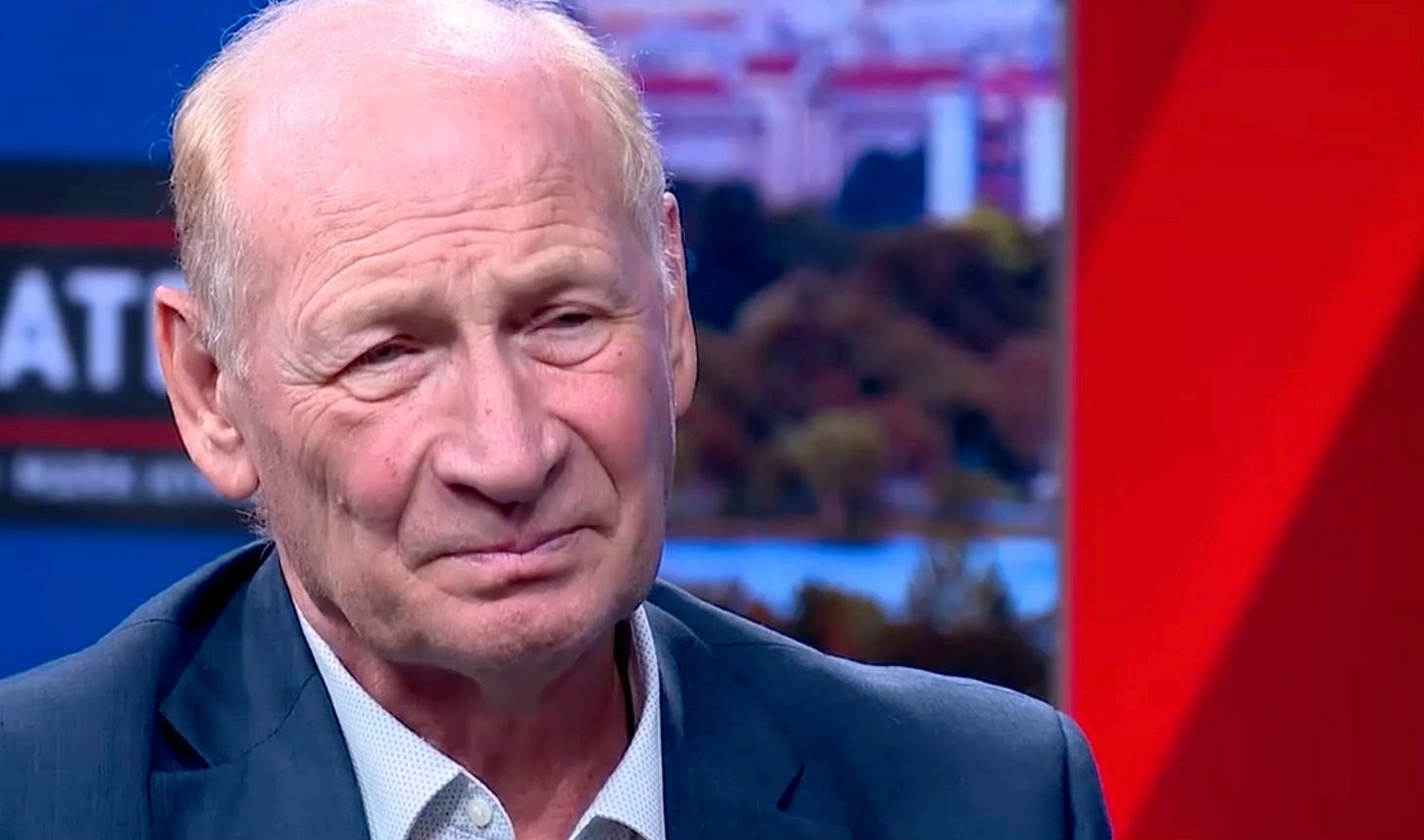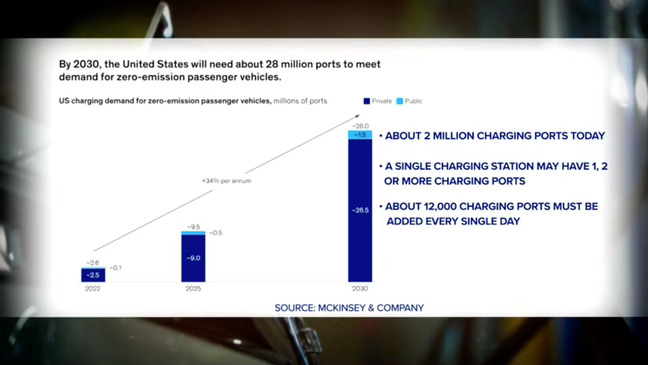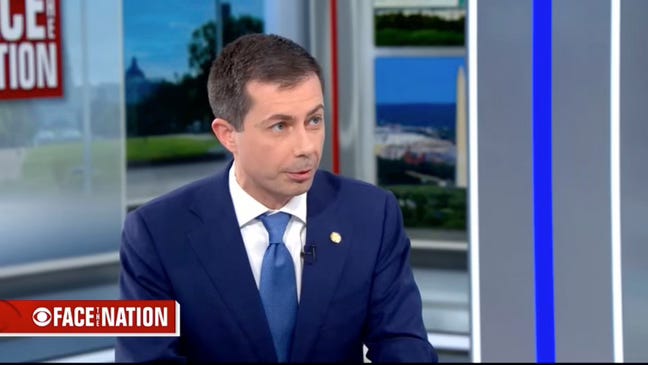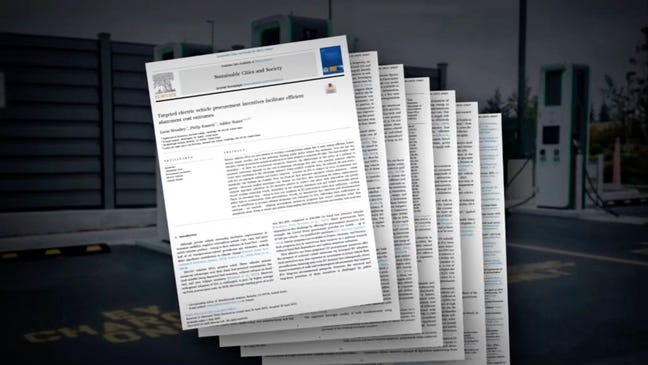The Harris-Walz campaign has been on a rampage claiming Harris is opposed to an electric vehicle mandate and any claims to the contrary are a lie. PolitiFact did not ‘fact-check’ Harris’s false claim because that organization is staffed by political activists, not journalists.
So, here is an actual fact-check:
Kamala Harris was an original co-sponsor of the Zero-Emission Vehicles Act of 2019 (S. 1487) senate bill that “requires the Environmental Protection Agency (EPA) to establish a zero-emission passenger vehicle standard.” In other words, it was a mandate that all future vehicles must be EVs (or similar zero-emission vehicle that would be developed in the future).
Since we are on the topic, let’s take a look at the current progress toward EV adoption since the Biden-Harris administration has been pushing the nation toward EV mandates.
In 2021, President Joe Biden issued an executive order setting a sales goal for EVs that by 2030, half of all new passenger car, SUV, and pick-up truck sales would be comprised of EVs. Today, EV sales comprise less than 10% of all new vehicle sales. Will America hit Biden’s 50% goal in just six years?
We sat-down with 89 year-old Jack Fitzgerald who owns about three-dozen new car dealerships spread across Maryland, Pennsylvania and Florida. We wanted to get insight from someone who’d been selling new cars for nearly 70 years. Fitzgerald is among the more than 5,000 car dealers that signed a pair of letters urging the White House to pump the brakes on “proposed regulations mandating EV sales.” We asked him if he thought America would hit Biden’s 50% EV new car sales goal by 2030?
“No, no, no. No, there's no chance of that,” was his blunt assessment. He added, “The grid is not prepared to charge all those cars.” By grid, he means the nation’s electrical power grid and enough charging ports to eliminate range anxiety.
“Range anxiety is people get into an electric car and they're concerned about, ‘Where's my next station that I plug into?’” Bob Galyen told us.
There may be no bigger cheerleader for EVs in America than Bob Galyen. He was the lead battery engineer for General Motors’ short-lived EV1, the nation’s first mass-produced electric vehicle that debuted in 1996 or about two-decades before EVs entered the American mainstream. It turns out America was not ready for electric cars back then and GM shut-down the effort after a sales flop.
We put the same question to Galyen. Did he think it was likely the US would to achieve a 50% sales goal in the next six years? “I don't believe it is,” he replied.
Galyen is known worldwide in the electric vehicle industry. Some consider him the godfather of EV batteries. After he retired from GM, he founded and sold a battery company, then he became the Chief Technology Officer for China’s CATL. It’s the world’s largest maker of batteries, including for EVs. In nearly 8 years Galyen had a front-row seat to China leading the world in EV sales. One reason is power.
China got ahead of the power issue by installing a robust charging infrastructure. “You could take your car to work and charge it, you could take it home and charge it,” he told us. China’s EV owners don’t have range anxiety because there is usually a charging port nearby.
Global consulting firm McKinsey estimates the US will need 28 million charging ports by 2030 in order to support the EV sales Biden imagines. But the US is a long way off. There are about two-and-a-half million charging ports today. A charging station may have one, two or more charging ports.
About 12,000 new public and private charging ports would need to be added every single day starting right now to reach the 28 million goal by 2030. Adding more charging ports would put a strain on the electrical power grid in states such as California. With just a fraction of chargers in place today, California utilities have warned customers to not fully charge their EVs, or to only charge them during periods of low energy demands.
There is no indication the US will achieve the charging station totals that are needed by 2030. In a May 2024 Face the Nation appearance, Transportation Secretary Pete Buttigieg conceded virtually no progress has been made by the federal government in building charging stations. Buttigieg said, “The very first handful of chargers are now already being physically built. But again, that's the absolute very, very beginning stages of the construction to come.”
Buttigieg’s admission of no progress is an incredible understatement. Just seven charging stations have been built with $7.5 billion allocated to his Transportation Department for that purpose three years. Buttigieg declined our interview request to answer questions regarding EVs.
However, the Biden administration did make a senior official available to speak with us on the topic of EVs, but only on background. Speaking on background is what government officials often do when they do not want to be on-the-record and held accountable for their claims. They can spin a story anyway they want and not be held accountable or even be identified. Suffice it to say that nothing about the progress of EV adoption the official told us in two separate interviews is likely to happen.
Electric vehicle sales price is another key obstacle to consumer adoption. EVs cost a bundle. A comparison of identical cars found EVs cost more to purchase than the gas counterpart. Less expensive Chinese imports are not the solution for price-conscious consumers. Last May, Biden doubled the price of Chinese-built EVs when he announced a 100% tariff on them.
It's not middle class customers who are buying EVs now. According to the University of California at Berkeley, 8 out of 10 EV sales have gone to the top quintile, that is, the top 20% of income earners. These are the nation’s wealthiest Americans.
Fitzgerald had a term for those who are purchasing the EVs he is selling. “It's the Gucci purse thing,” he told us. “They want everybody in the neighborhood to know that they're green.” He told us most of the customers who buy EVs from his three dozen dealerships often park them in the driveway to be seen, but not driven. It’s virtual signaling to their neighbors they are “green.”
But they’re not so green, according to a Harvard study. Gas vehicles sold in the US today are 99% free of the pollutants they used to emit decades ago. Because of this, the study found EVs “may fail to generate any emissions benefit over [gas vehicles]” for the first 56,000 miles of use. The study also reported the total cost of ownership -- that is the sales price plus maintenance expenses -- makes an EV more expensive than a fossil-fuel car unless driven at least 159,000 miles in the first 6 years of ownership, or nearly 27,000 miles annually.
The biggest difference in EVs over fossil fuel cars is the motor. Large batteries have replaced internal combustion engines. But those large batteries are not easy to come by. There is a bottleneck when it comes to battery production.
China accounts for more than 70% of global EV battery production capacity. Two of the five critical minerals necessary for EV batteries are concentrated in mines heavily controlled by China in the Democratic Republic of the Congo. The Congo’s fragile democracy survived a coup attempt in May that reportedly included some Americans. Making matters worse, the Congo’s trade relations with the west have recently soured. And the International Energy Agency forecasts shortages by 2030 of some critical resources for battery manufacture, especially cobalt which is critical to extending battery life.
One more thing about these relatively scarce critical minerals. Internal Toyota documents we obtained claim the amount of critical minerals used to build a single EV can be used to manufacture 6 plug-in hybrids, or 90 hybrids like a Toyota Prius. Both versions of hybrids can be powered by gas or battery. One versus 90 is a significant difference in vehicle numbers.
However, the president’s executive order does not count hybrids (like the Toyota Prius) toward the 50% EV sales target. That’s because the eventual goal, according to the senior administration official who spoke with us on background, is to move all vehicle owners to EVs. The Biden administration wants to end use of all fossil fuel vehicles. This is the same goal as Harris’s Senate bill S.1487.
Mark Hyman is an Emmy award-winning investigative journalist. Follow him on Twitter, Gettr, Parler, and Mastodon.world at @markhyman, and on Truth Social at @markhyman81.
His books Washington Babylon: From George Washington to Donald Trump, Scandals That Rocked the Nation and Pardongate: How Bill and Hillary Clinton and their Brothers Profited from Pardons are on sale now (here and here).




